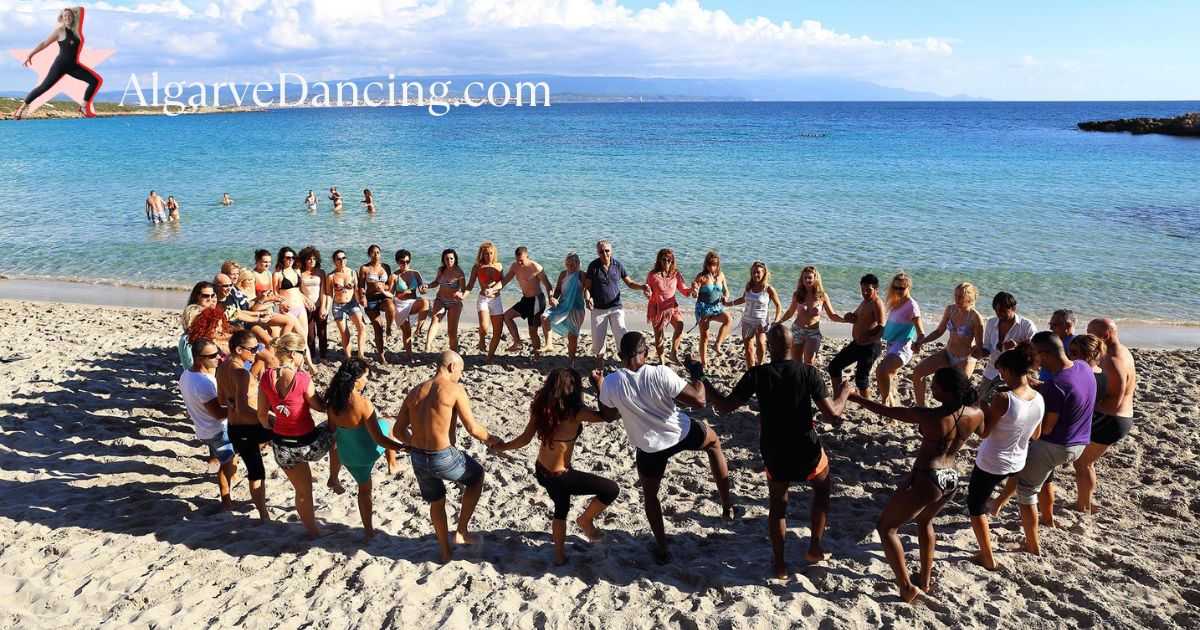
The science of dance: how it impacts our brain, emotions, and social connections
Reading time: 8 min.
Have you ever started tapping your foot to music or nodding your head without even thinking about it? There's something magical about dancing, isn't there? It crosses all barriers—language, culture, and age—and lets us express ourselves through movement. But why does dancing make us feel so happy and connected? Let's find out what happens in our brains when we dance together.
Interestingly, our brains play a key role in this automatic response. The sensory and motor cortex, located side by side in the brain, work together when we hear music. The sensory cortex processes the rhythm and sounds, while the motor cortex triggers movement, like tapping your foot or nodding your head. This automatic reaction shows how deeply music and movement are connected in our brains, making dancing feel so natural and enjoyable.
The basics of dance and brain chemistry

At its core, dance is more than just a sequence of steps set to music—it's a biological symphony playing inside our brains. When we dance, our brains release a cocktail of chemicals. Dopamine, serotonin, and endorphins surge, paving the way for increased happiness and reduced stress. But it's not just about individual gratification; synchronizing movements with others adds oxytocin into the mix, fostering feelings of trust and bonding.
Historical background of dance as a social activity
Dance has always been important in bringing people together. From old tribal dances and religious ceremonies to today’s dance parties, dance has helped build communities. Different cultures have their own dance styles that tell stories and keep histories alive. These styles make people feel connected, even when they can't put the feelings into words.
In my dance school, I've witnessed this magic firsthand. People from different backgrounds, ages, and countries come together, sharing joy and companionship. It doesn't matter if someone is rich or poor—everyone is united in the rhythm and fun. During my travels, I've seen the same pattern everywhere. Men and women, young and old, join in the dance, sometimes just jumping around rather than doing real dance steps, but always enjoying themselves, and it was all synchronized.
The science of dance: cognitive processes
Dancing together does something incredible to our brains. When we move in sync with other people, our brainwaves sync up with theirs. Studies using brain scans show that moving together makes us feel closer. Our brains have special cells called mirror neurons that help us understand others' emotions. They get activated when we dance, helping us connect.

The benefits of synchronized movement
Dancing together is not only beautiful to watch but also powerful for the mind. Moving in sync with others helps us feel united and part of a team. This feeling of belonging makes us happy and valued in a group.
The psychological benefits beyond the dance floor
Dancing helps in real life, too. The confidence and flexibility you gain from dance can be useful at work and in your personal life. Plus, dancing often can boost mental health by lowering anxiety and depression, making it a great form of therapy.
I remember a particularly touching story from my dance school. A very shy young man with autism started taking private lessons with me on the recommendation of his psychologist. Initially, he could barely make eye contact, and holding hands to dance seemed like an enormous step for him. But as time went on, he began to enjoy it. He even joined group classes, and within weeks, his confidence grew tremendously.

Future trends in dance research
As technology improves, so does our understanding of dance’s impact on the brain. Virtual reality and augmented reality are starting to be used in dance therapy. These tools offer safe spaces for people to practice and try new things. In the future, dance could help treat conditions like PTSD and Parkinson’s by using controlled movements.
Implementation strategies: incorporating dance into daily life
You don’t have to dance all the time to enjoy its benefits—just be consistent. Whether you’re a pro or just starting, try to add dance regularly to your routine. Join a local class, check out online dance tutorials, or take a dance break at home. Find what you enjoy and stick with it.
Exploring Latin dance in the Algarve region
In the Algarve region, there are lots of chances to try Latin dance. It’s a great place to start or grow your skills. With communities and events from groups like Algarve Dancing, you can enjoy salsa-filled evenings while learning and making friends.
Conclusion
Dancing is more than just moving your feet. It helps your mind, spirit, and social connections grow. Whether you pick salsa or any other style, dancing can lead to a healthier and happier life. So, why stay still when you can dance?
FAQs
- Why is dance good for mental health? Dance boosts mood-enhancing chemicals in the brain and reduces stress, easing anxiety and depression symptoms.
- Can people with no rhythm learn to dance? Definitely! You can learn rhythm with practice, and everyone can find their own style.
- How does dance help in solving problems? Improvisational dance boosts cognitive flexibility, enabling creative solutions in different life situations.
- What's the best way to start learning dance? Begin with local classes, online videos, or dance meetups. Find a style that you like and make it a regular practice.
- Can dancing alone be beneficial? Yes, solo dancing can improve mood and brain function. Social dancing can also enhance connection and trust.
